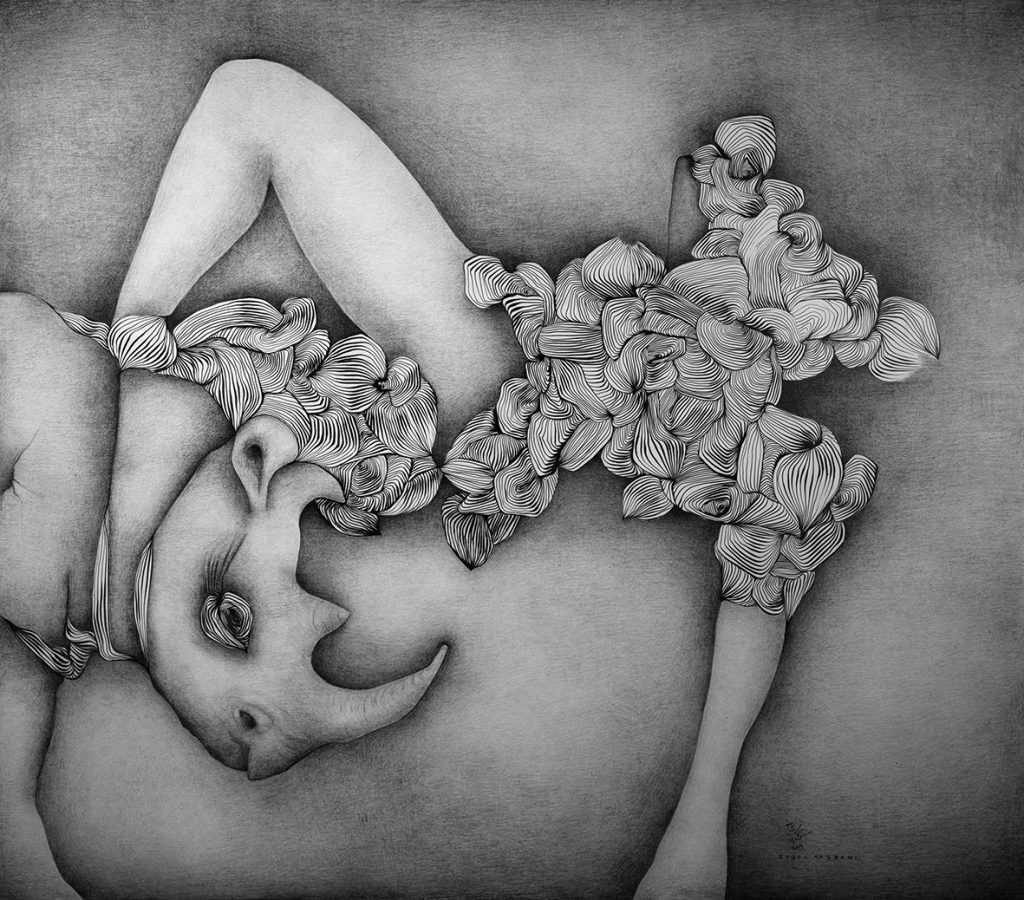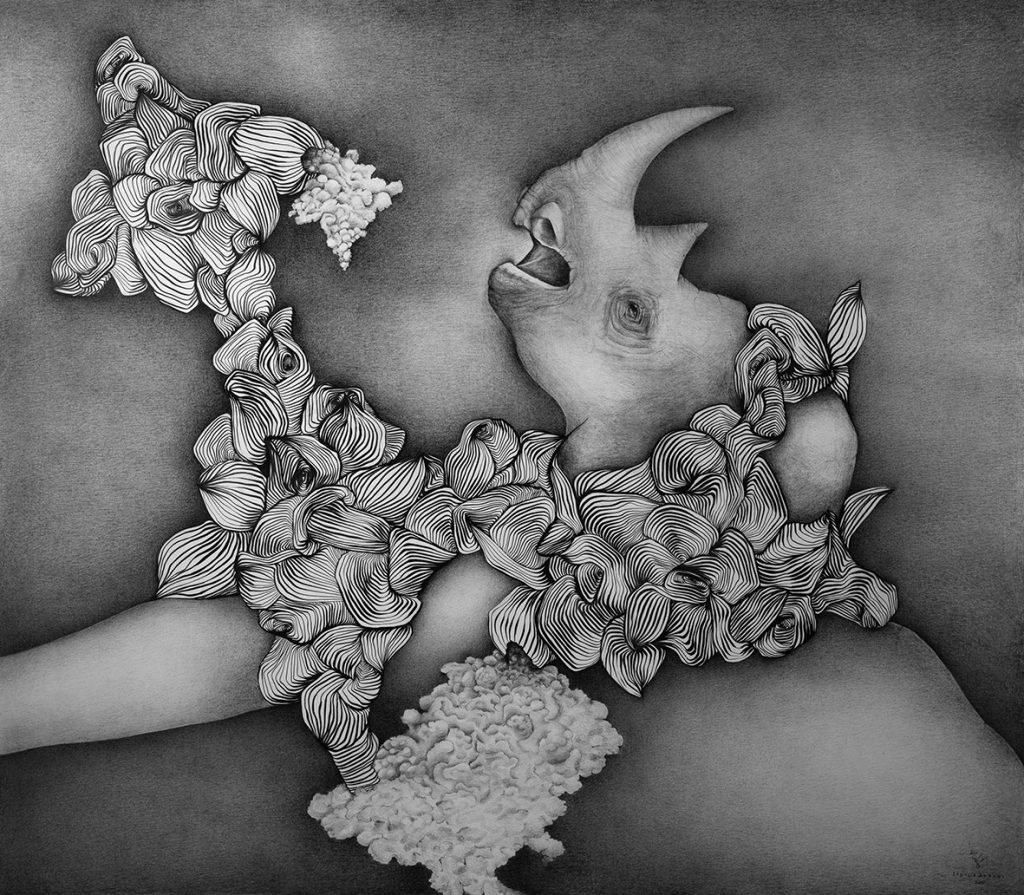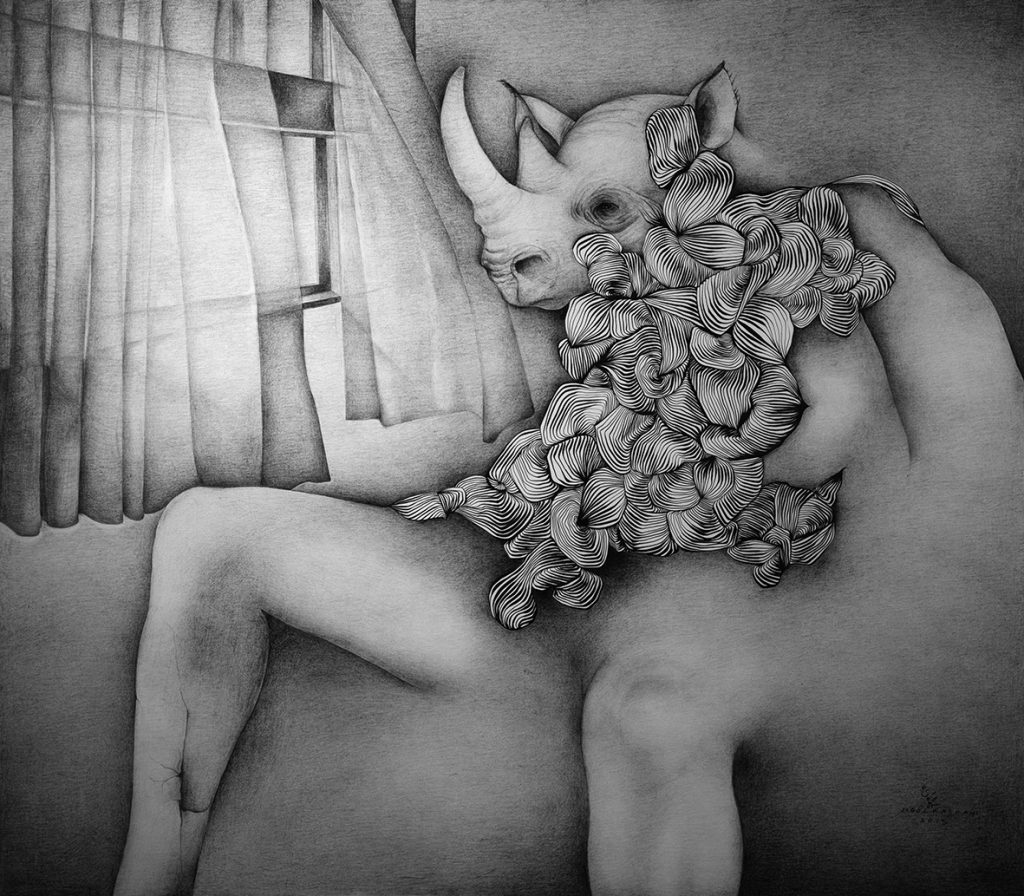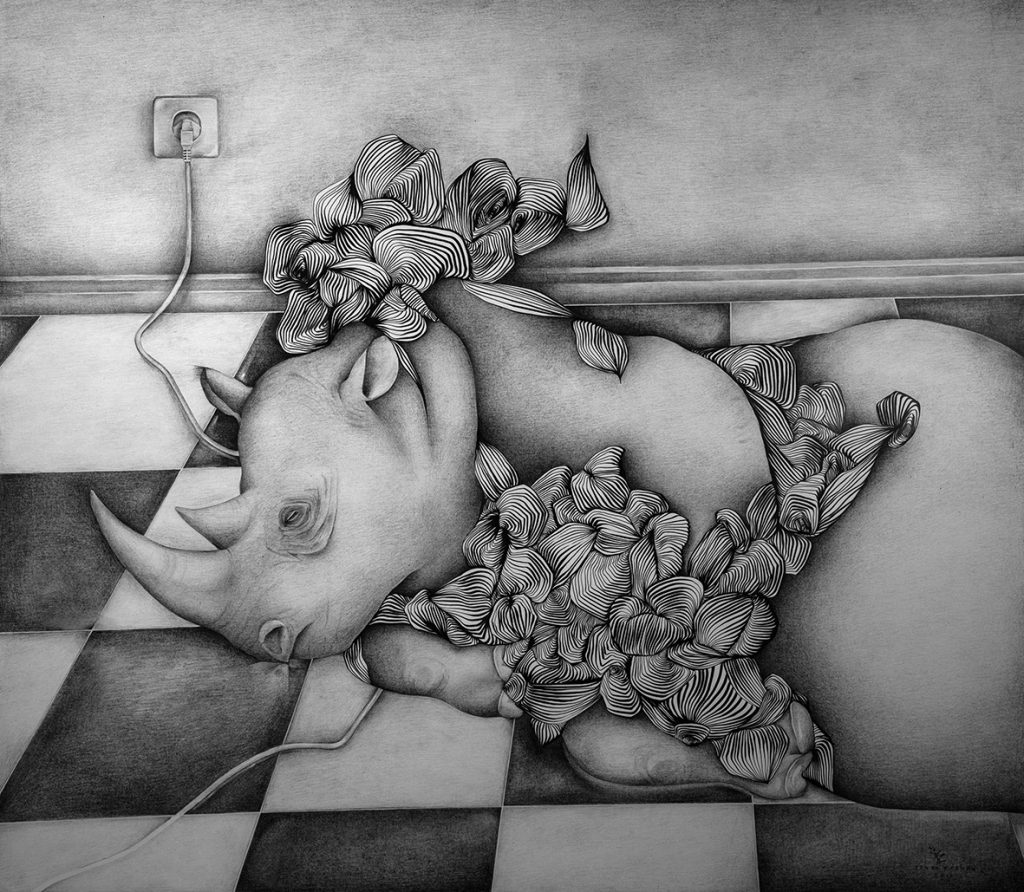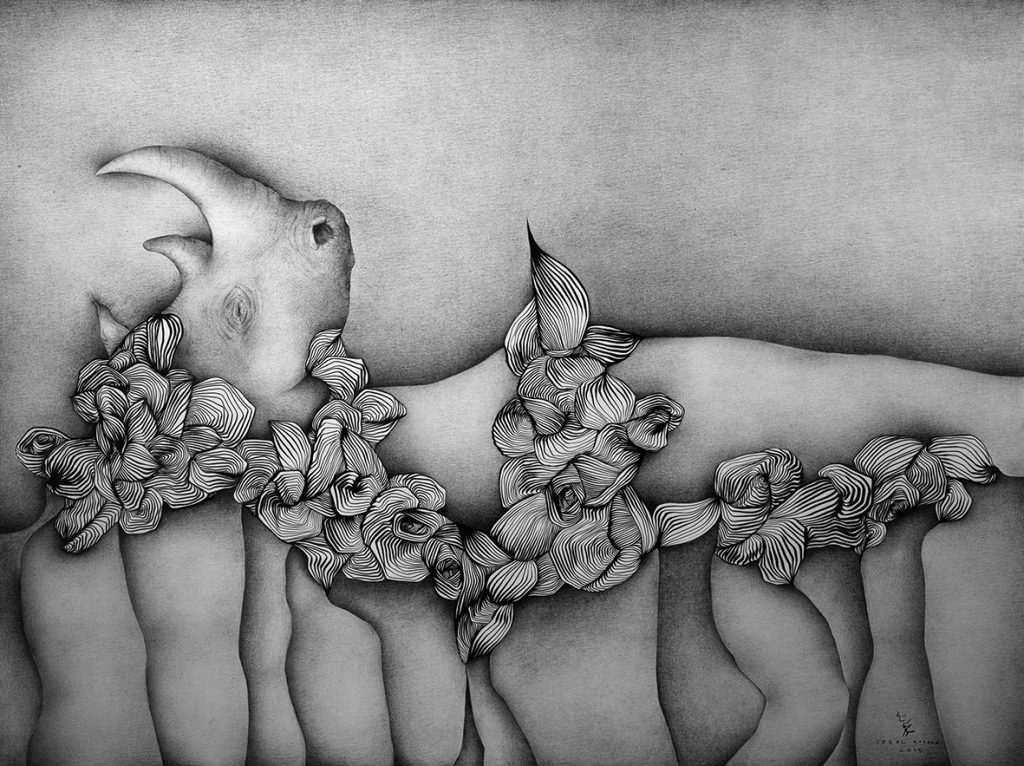Trembles, bewildered and inconsolable surrenders to grueling days; complies, eventually.
Becomes another.
Metamorphosis, in biology, striking change of form or structure in an individual after hatching or birth. Hormones called molting and juvenile hormones, which are not species-specific, apparently regulate the changes. (Taken from Encyclopaedia Britannica)
Life is a never-ending metamorphosis. It is always changing, always transforming. The result could be positive or suffering. Appearance, personality, condition, or function extremely can changes. Metamorphosis is a common theme in pieces of literature.
The Metamorphoses (“Books of Transformations”) is a Latin narrative poem by the Roman poet Ovid, considered his magnum opus. Metamorphosis or transformation is a unifying theme amongst the episodes of the Metamorphoses. Ovid raises its significance explicitly in the opening lines of the poem: In nova fert animus mutatas dicere formas / corpora; (“I intend to speak of forms changed into new entities;”). Accompanying this theme is often violence, inflicted upon a victim whose transformation becomes part of the natural landscape. This theme amalgamates the much-explored opposition between the hunter and the hunted and the thematic tension between art and nature.
The Metamorphoses has exerted a considerable influence on literature and the arts, particularly of the West; scholar A. D. Melville says that “It may be doubted whether any poem has had so great an influence on the literature and art of Western civilization as the Metamorphoses. Although a majority of its stories do not originate with Ovid himself, but with such writers as Hesiod and Homer, for others the poem is their sole source.
There is a huge variety among the types of transformations that take place: from human to inanimate object (Nileus), constellation (Ariadne’s Crown), animal (Perdix); from animal (Ants) and fungus (Mushrooms) to human; of sex (Hyenas); and of colour (Pebbles). The metamorphoses themselves are often located metatextual within the poem, through grammatical or narratorial transformations. At other times, transformations are developed into humor or absurdity, such that, slowly, “the reader realizes he is being had”. or the very nature of transformation is questioned or subverted. This phenomenon is merely one aspect of Ovid’s extensive use of illusion and disguise.
The Metamorphoses was also a considerable influence on William Shakespeare. His Romeo and Juliet are influenced by the story of Pyramus and Thisbe (Metamorphoses Book IV) and, in A Midsummer Night’s Dream, a band of amateur actors performs a play about Pyramus and Thisbe. Shakespeare’s early erotic poem Venus and Adonis expands on the myth in Book X of the Metamorphoses. In Titus Andronicus, the story of Lavinia’s rape is drawn from Tereus’ rape of Philomela, and the text of the Metamorphoses is used within the play to enable Titus to interpret his daughter’s story.[39] Most of Prospero’s renunciative speech in Act V of The Tempest is taken word-for-word from a speech by Medea in Book VII of the Metamorphoses. Among other English writers for whom the Metamorphoses was an inspiration are John Milton—who made use of it in Paradise Lost, considered his magnum opus, and evidently knew it well—and Edmund Spenser In Italy, the poem was an influence on Giovanni Boccaccio (the story of Pyramus and This be appears in his poem (L’A morosa Fiammetta) and Dante.
During the Renaissance and Baroque periods, mythological subjects were frequently depicted in art. The Metamorphoses was the greatest source of these narratives, such that the term “Ovidian” in this context is synonymous for mythological, in spite of some frequently represented myths not being found in the work. Many of the stories from the Metamorphoses have been the subject of paintings and sculptures, particularly during this period. Some of the most well-known paintings by Titian depict scenes from the poem, including Diana and Callisto, Diana and Actaeon, and Death of Actaeon. Other famous works inspired by it include Pieter Brueghel’s painting Landscape with the Fall of Icarus and Gian Lorenzo Bernini’s sculpture Apollo and Daphne. The Metamorphoses also permeated the theory of art during the Renaissance and the Baroque style, with its idea of transformation and the relation of the myths of Pygmalion and Narcissus to the role of the artist.
Though Ovid was popular for many centuries, interest in his work began to wane after the Renaissance, and his influence on 19th-century writers was minimal. Towards the end of the 20th century his work began to be appreciated once more. In the early 21st century, the poem continues to inspire and be retold through books, films and plays. A series of works inspired by Ovid’s book through the tragedy of Diana and Actaeon have been produced by film/theatre director, writer and visual artist.
Rhinoceros (1959) is the name of a play by Eugene Ionesco which is about transformation in human society. It highlights the modern human’s solitude and bewilderment, and in order to abandon the confusion they surrender to transformations as if they have left their past behind.
“Sogol’s photo on her email profile shows her with closed eyes as if she is in a light trance. In real life, she, a tall young lady, moves like a light feather in a gentle breeze. Her presence radiates peace. But unlike old-fashioned romantic female artists, she is lively and even naughty at times and she is a young woman of her contemporary world.
Years ago in a report on TV, I encountered one of the most tragic scenes I have ever seen in my life, an image that has since imprinted itself on my mind like a persistent horrible nightmare, not a surrealistic or fictional scene, but a man-made real nightmare. It showed a rhinoceros whose horn had been removed (almost certainly when fully conscious) and out of extreme pain and helplessness, it was running on a road into a city, desperately seeking refuge (of humans?).
In her series with rhinos, Sogol has given shelter to these gentle giants who have survived only to face a terrible destiny in a chilling age. They rest in peaceful canvases where she has compassionately presented them, in a deep trance, embraced by a delicate, elegant drapery she has dreamed up for them. The soft bed offered to the gracious creature has been created by smooth curves bringing to mind a kind motherly lap.
The rhino series of 2015 is executed absolutely delicately with pencil on large canvases, a painstaking job demanding extreme patience which has extraordinarily survived into our time by a rare species like Sogol Kashani. Her drape consists of sections with floral designs drawn by a marker. Both media she uses do not allow for any error. No single point could be erased but Sogol did have high control over her media and she produced an exhibition-fit number of exquisite canvases of which I am the happy owner of one.”
Behzad Hatam
—————–
Behzad Hatam is an Iranian art critic and collector since 1971

